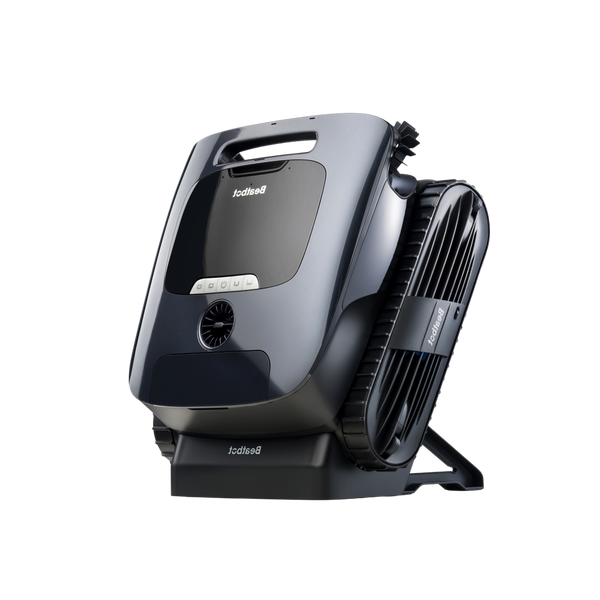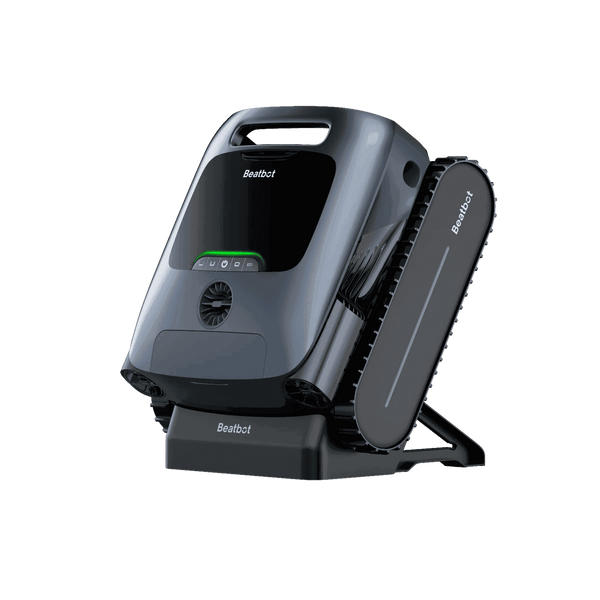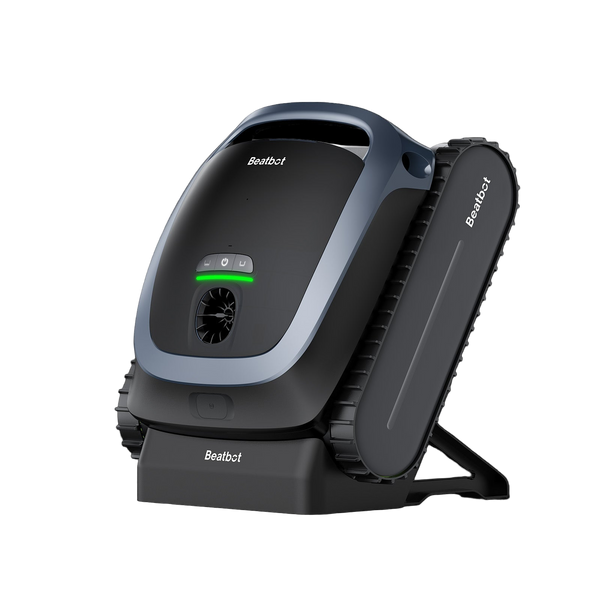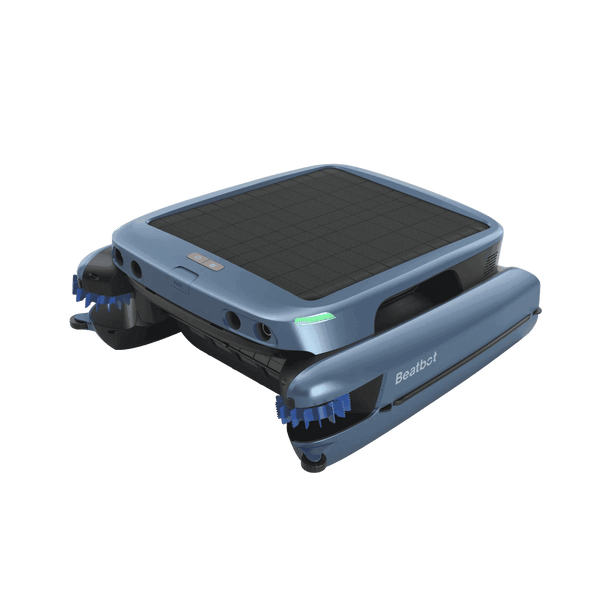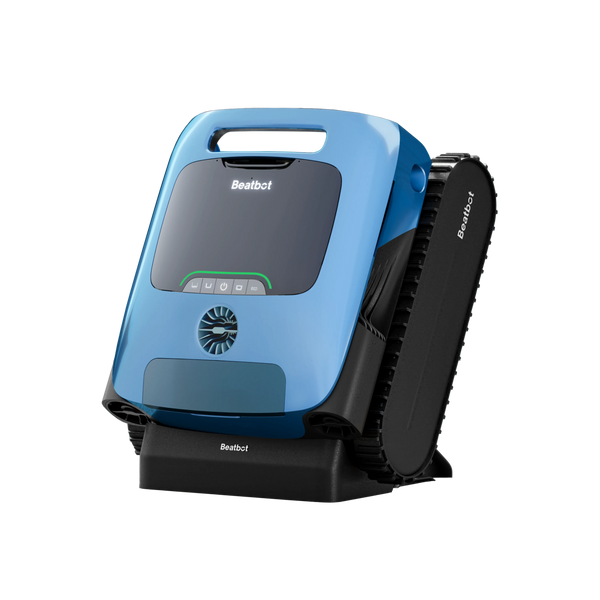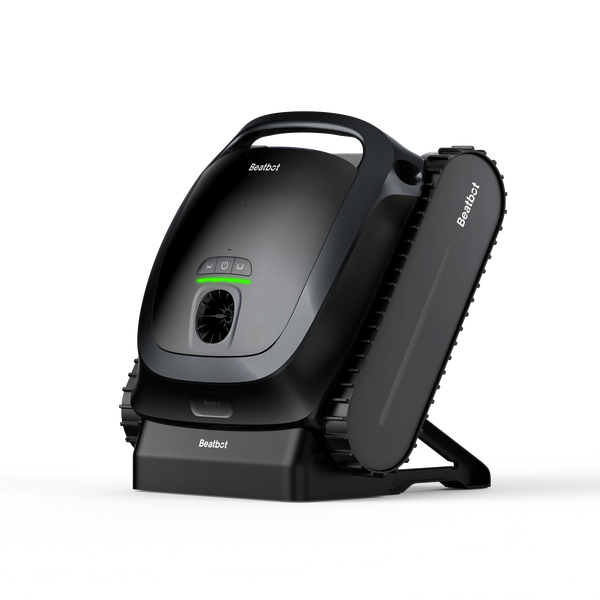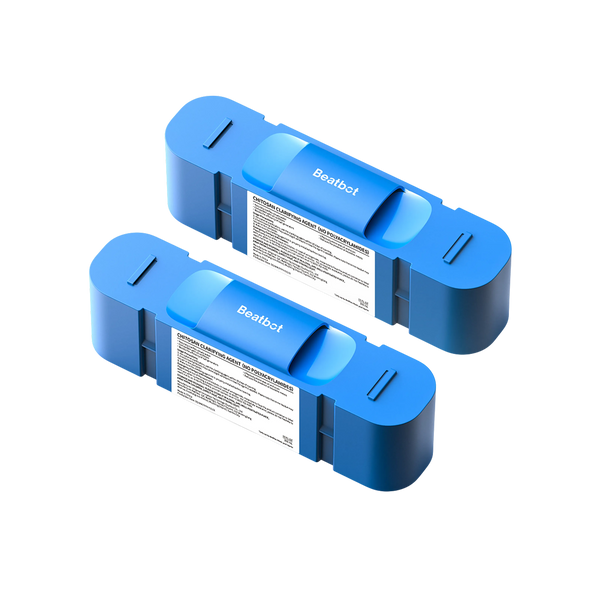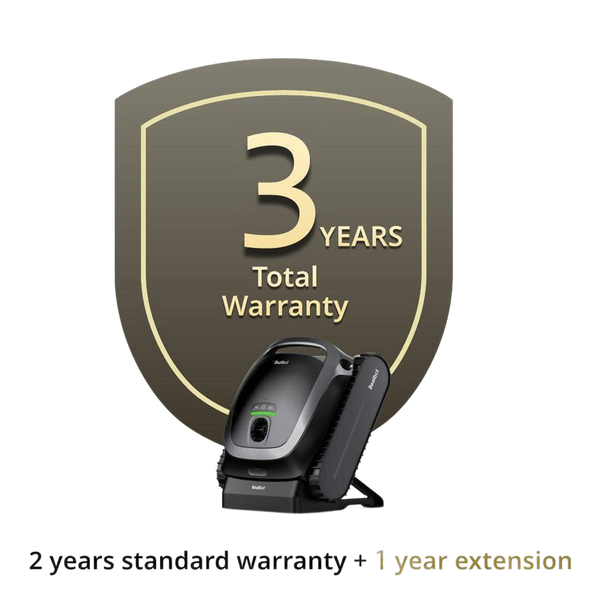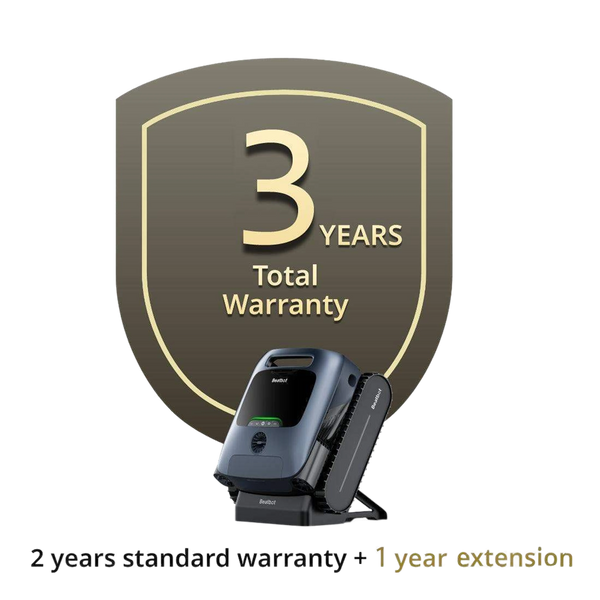How to Level Ground for a Pool: Tools, Techniques, and Essential Steps
Leveling the ground for a pool is a critical first step in ensuring the stability and longevity of your swimming pool. Whether you're a DIY enthusiast or a professional, getting the ground right is essential. Proper leveling ensures not only the structural integrity but also that you can continue to enjoy your above ground pool for many years to come.
Table of contents

Why Leveling Matters
Stability : An uneven surface can cause the pool to shift or collapse, leading to potential damage and safety hazards.
Longevity : A well-leveled base prevents undue stress on the pool walls, allowing it to last longer without costly repairs.
Enjoyment : Ensuring a smooth setup means more time spent swimming and relaxing, rather than dealing with maintenance issues.
Taking the time to level the ground correctly will save you from future headaches and enhance your overall pool experience.
Choosing the Right Location
The first step in leveling the ground for a pool is choosing the right location. Look for a spot that's naturally as level as possible, has good drainage, and is free from overhead obstructions. This will reduce the amount of manual adjustment needed and ensure your pool sits evenly.
Gathering the Necessary Tools
To level the ground effectively, you'll need a few key tools:
Shovel : For digging and removing soil to achieve a level surface.
Rake : For leveling the soil and removing any small debris or rocks.
Measuring Tape : For measuring the ground and ensuring it is level.
Level : To determine if your pool site is level.
Plate Compactor : To compact the soil to prevent shifting or settling.
Marking Out the Pool Area
Once you've chosen your location, mark out the area where you want to place your pool using stakes and string. Measure and mark the dimensions of the pool on the ground with spray paint or chalk. This will give you a clear outline of the pool area and help you ensure the ground is completely level within the outlined area.
Removing Grass and Debris
Before you start leveling, remove the grass and any debris underneath. Rocks and roots in the ground can damage the pool liner, so it’s crucial to clear the area before installation. You can use a motorized sod cutter or a garden hoe to cut up the sod and roll away the areas of grass you want to remove.
Digging and Leveling the Ground
It’s easier to level the ground by digging and reducing the height of hillier ground than by building up lower ground. Use your shovel and wheelbarrow to move the soil. If you're dealing with larger hills with more than 12 inches of soil to remove, consider renting a skid steer loader or other heavy machinery to level the ground.
Checking and Adjusting the Level
Use a level to check the ground as you work. Place a sheet of plywood or a plank on the ground and then place your level on top; this allows you to get a more accurate reading. Make sure you move the plank and the level around the pool area to ensure the entire patch of ground is perfectly leveled.
Raking and Compacting the Soil
Once the ground is level, use a level head rake to remove any twigs, stones, or other debris from the soil. After raking the soil, wet the ground and use a motorized compactor, a manual garden roller, or a hand tamper to compact the soil. This step is crucial as it ensures the soil is firm and less likely to shift.
Adding a Sand Layer
After the ground is level and compacted, add a sand layer to smooth out the base. The sand layer protects the pool liner from any remaining debris in the ground. Pour the sand onto the leveled ground and spread it out in an even layer with a rake.
Compacting the Sand
Now that the ground is dry and flat, it’s time to pack it in. Use a hand tamper or lawn roller to compact the ground. Recheck the ground to ensure it is thoroughly leveled and even.
Once you have laid down the sand, tamp the area again to ensure it’s thoroughly compacted. This extra step is crucial in preventing your feet from sinking into the sand and creating divots. Such divots can lead to wrinkles in your liner, potentially shortening its lifespan. By taking the time to compact the sand properly, you protect your investment and ensure a smooth, stable surface.
Spraying with Herbicide
To prevent weeds from growing into your pool liner, spray the sand with herbicide. This is a simple step that can save you a lot of trouble down the line.
Covering with a Protective Base
Finally, add a protective base layer, like foam or tarp, to keep your pool liner safe from punctures. Then, lay out your pool pad, and you’re ready to install your pool.
The Best Sand for Your Above Ground Pool Installation
When preparing for an above ground pool installation, selecting the right sand is crucial for a smooth and safe pool floor. The ideal choice is mason sand , also known as mortar sand.
Why Mason Sand?
Fine Texture : Mason sand possesses an exceptionally fine texture, ensuring a smooth and even base for your pool. This prevents any uncomfortable bumps or protrusions that rougher sand might cause.
Consistency : Its uniform grain size means mason sand packs together nicely, creating a stable surface that won't shift or settle unevenly over time.
Safety First : Importantly, mason sand is free from rocks and debris that could potentially damage your pool liner, ensuring both durability and safety.
Where to Find It
You can purchase mason sand at most local sand and gravel yards or masonry supply centers. It’s a popular choice for many construction projects, so it’s widely available.
By choosing mason sand, you'll set the foundation for a successful and long-lasting above ground pool.
How to Find the Manual or Instructions for Your Above Ground Pool
Finding the manual for your above ground pool is a breeze, even if you can't locate the physical copy that came with it. Here's a simple guide to help you get what you need:
Visit the Manufacturer's Website : Start by heading over to the website of the company that made your pool. This is often the most reliable source for accurate materials.
Locate the Search Bar : On the homepage, look for a search bar. This tool is usually prominently featured at the top or within a navigation menu.
Enter Your Pool Details : Input your pool's item number or serial number into the search bar. If you’re unsure where these numbers are, check for them on the pool itself—often found on the frame or near the liner.
Access the Product Page : Search results will typically direct you to the pool's product page.
Find the Manual Section : Once on the product page, scroll down or navigate to a section labeled “Manuals” or “Downloads.” Here, you can find and download the instructional materials you need.
Alternative Options : If you’re still having trouble, consider searching third-party websites or forums dedicated to pool enthusiasts. These can be troves of information, including tips from other pool owners.
By following these steps, you can quickly access the information necessary to ensure your pool functions optimally all season long.
FAQ
- How do I know if the ground is level enough for a pool?
The simplest way to check if your ground is level enough is to use a long straightedge or a spirit level along with a straight plank. If there's any gap between the plank and the ground, you'll need to make adjustments until the plank lies flat without any gaps.
- Can I put an above-ground pool directly on grass?
While it's technically possible to place an above-ground pool directly on grass, it's not recommended due to the risk of punctures from uneven ground and root systems. It's best to prepare the ground with a layer of sand or other material to create a stable, even surface.
- What is the best material to use for leveling the ground around a pool?
Sand is a popular choice due to its ease of use and ability to compact well. Crushed stone or gravel can also be used, especially if you need a more robust base. In some cases, a combination of materials may be used to achieve the best results.
By following these steps and using the appropriate tools, you can ensure that your pool is installed on a level surface, providing a safe and stable environment for enjoyment. Remember, a level ground is essential for the longevity and structural integrity of your pool. Happy building, and may your pool be the envy of the neighborhood!
Relative Blogs
About the author
